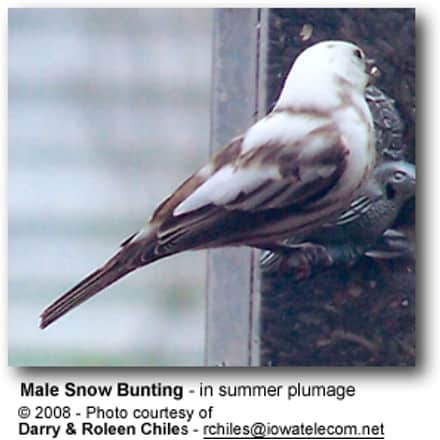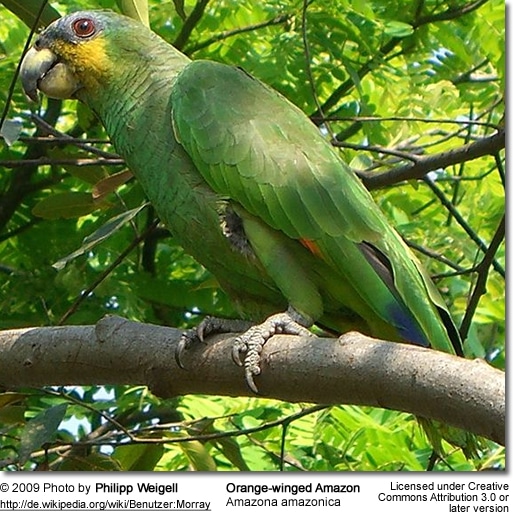Pale-billed Sicklebills
The Pale-billed Sicklebills, Epimachus bruijnii, is one of the least-known birds of paradise (Diamond 1981). It is endemic to northern New Guinea; where they live in lowland rainforest areas from sea-level up to 600 ft or 180 meters.
Alternate (Global) Names:
English: Lowland Sicklebill, Pale billed Sicklebill, Pale-billed Sicklebill, White-billed Sicklebill, White-billed Sicklebill Bird-of-Paradise, White-billed Sicklebill Bird-of-Paradise, Lowland Sicklebill, Bruijn’s Bird-of-paradise; Indonesian: Burung dewata paruh sabit putih, Paruhsabit Paruh-putih; Japanese: shirokamahashifuuchou; Spanish: Ave-del-paraíso Piquiblanca, Pico Corvo de Pico Pálido; Italian: Falcibecco beccochiaro, Uccello del Paradiso di Bruijn; French: Épimaque à bec blanc, Paradisier à bec blanc; German: Braunschwanz-Paradieshopf, Braunschwanz-Sichelhopf; Czech: Rajka belozobá, rajka sv?tlezobá; Danish: Lysnæbbet Seglnæb; Finnish: Kirjokäyränokka; Dutch: Bruijns Sikkelsnavel, Bruijn-sikkelsnavel; Norwegian: Gallasigdnebb; Polish: pyszalek jasnodzioby, pysza?ek jasnodzioby; Russian: ?????????? ??????? ?????; Swedish: Vitnäbbad bågnäbbsparadisfågel
Distribution / Range
The Pale-billed Sicklebill is widespread and quote common throughout its limited range. Originally, it was mostly confined to the coastal lowland rainforests of north-western New Guinea. Some sightings were recorded in the large inland basin known as the Meervlakte. Its range is now specified as stretching from north New Guinea coast from the south-east coast of Geelvink Bay, Papua (formerly Irian Jaya) to Indonesia, east to Vanimo, just across the border into Papua New Guinea.
Description:
Including the tail, the male Pale-billed Sicklebill averages 35 cm or 13.7 inches in length. The female measures about 34 cm or 13.4 inches. The plumage is mostly olive brown. They have a very long, pale sickle-shaped bill for which this species was named. The tail is medium-length.
The adult male has bare purple to lead- grey skin around his dark brown eyes. He has iridescent red and purple-tipped upper chest plumes, blue and green-tipped ornamental lower breast feathers and purple small horn-like brow feathers. The upper back and the sides are dull brown. The lower back, rump and upper tail feathers are cinnamon-brown.
The adult female resembles the male but she is slightly smaller and her plumage is generally paler than the male’s. She also lacks the fancy ornamental feathers of the male. Her upper plumage lacks the iridescence of the male’s. Her pale under plumage is barred blackish-brown.
Juveniles are similar to females.
Diet / Feeding
The Pale-billed Sicklebills forage for fruit and small animals in the tree canopy; as well as probing into moss and plants for insects and other arthropods, such as crabs, lice, shrimp, spiders, scorpions, centipedes and millipedes. They may form mixed feeding flocks with other Birds-of-paradise and Pitohuis.
Calls / Vocalizations
The Pale-billed Sicklebill’s typical song consists of about seven descending whistles that last about five seconds. The male’s call sounds like a series of descending whistles reminiscent of the rifle bird. The male also makes several gruff, churring notes.
Breeding / Nesting
The breeding season typically starts in August and goes on until November. The Pale-billed Sicklebills do not form strong pair bonds. The male will mate with several females over the breeding season. In order to attract females, he performs a horizontal courtship display with the pectoral plumes raised around his head. The female builds the nest and attends to the young alone.
Status
Although relatively common, the Pale-billed Sicklebills have a limited range and its numbers are probably declining due to habitat loss. Therefore, this species is evaluated as Near Threatened on the IUCN Red List of Threatened Species.



